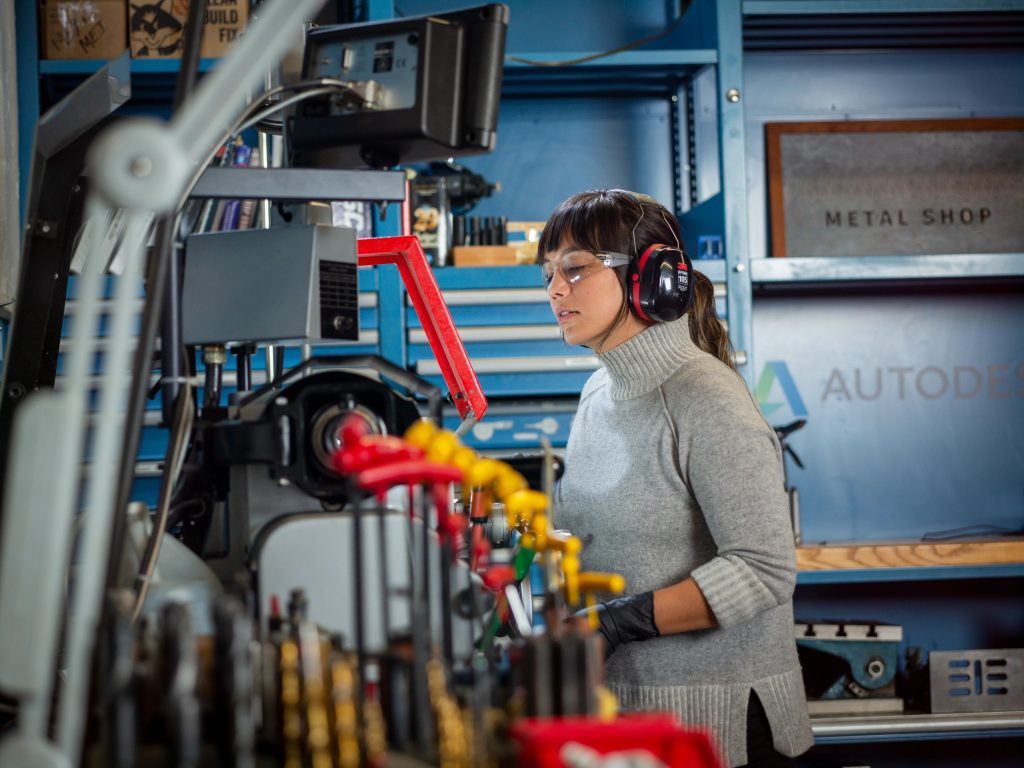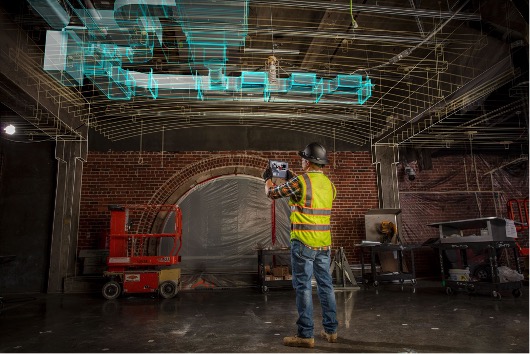Following the release of the U.S. October jobs report, numerous workers, whether underemployed or simply waiting to re-enter the workforce, are now actively seeking better, safer, and more lucrative job opportunities. At the same time, industries such as manufacturing and construction are scrambling to hire employees with specialized skills, as many roles are rapidly evolving due to advancements in automation. This trend isn't exclusive to the United States—it's a global phenomenon. Since March 2020, the impact of emerging technologies in the workplace has become increasingly apparent. During the COVID-19 pandemic, businesses accelerated their digital transformations at an unprecedented pace. This shift has underscored the growing importance of reskilling and upskilling workers to ensure they can thrive amid rapid change. We were keen to gain deeper insights into how these shifts are reshaping the job market across specific sectors. To do so, we commissioned a Future of Work report from Emsi Burning Glass. The findings of this research are now available, and I'd like to share some key takeaways. "Skilled Beyond Degree: How Experience Is Outpacing Education in Construction and Manufacturing Hiring" examines the most sought-after jobs, skills, and educational requirements in construction and manufacturing. With an eye on both current and future workplaces, the report analyzed job postings in the United States, United Kingdom, and Germany throughout 2020. Read the full report here. One of the most striking aspects of the research was its revelation of a shift away from positions requiring a bachelor's degree toward roles with no explicit education prerequisites. While Autodesk values college education for many learners, these findings emphasize the growing importance of skills and experience when matching talent with new opportunities. In the U.S., construction job postings saw this shift for the first time in 2020, while in manufacturing, most postings have lacked a formal education requirement since 2016. In the U.K., 82% of construction and manufacturing job postings in 2020 did not require formal education, whereas in Germany, the majority of postings requested short-cycle tertiary education. These results align with my observations over the years in both industry and academia. The rapid evolution of the workplace, driven by new technologies, workflows, and processes, necessitates that job qualifications and learning methods adapt accordingly. For many roles in construction and manufacturing, hiring managers prioritize candidates who can demonstrate mastery in specific skills. As these industries continue to evolve, ongoing learning through credentialing, certification programs, and on-the-job training will remain crucial for showcasing job readiness and future-proofing resumes. Rachel Sederberg, Senior Economist at Emsi Burning Glass, led the study and shared her thoughts on the findings. She noted, "This report highlights that training future workers, upskilling current employees, and identifying how skills can stabilize those at risk of disruption from new technologies presents a trifecta of opportunities for construction and manufacturing. Across all three regions studied, the increasing emphasis on skills suggests businesses are recognizing that experience and competency outweigh formal education when it comes to identifying the right talent." The automation of tasks in the workplace is a significant outcome of the digital transformation businesses are undergoing. As technology advances and industries evolve, we can anticipate both the creation of new jobs and the adaptation of existing ones. At Autodesk, we recognize the benefits automation brings to jobs by making them safer and less monotonous. However, we also acknowledge that the introduction of new technology has historically sparked concerns about job displacement. This report was designed to help us better understand how some workers are adapting through reskilling and upskilling to seize the opportunities automation creates, while also exploring potential new roles for those affected. The research indicated that workers can leverage their existing skills to transition to new roles that are both financially rewarding and less vulnerable to automation through informal skill development and educational initiatives. Rachel added more context, saying, "Workers at high risk of some or all of their jobs being automated, such as Quality Inspectors/Technicians, can pivot to roles like Production Supervisors by acquiring just a few new skills. This transition not only protects them from automation risks but also increases their earning potential." The research also identified trends for the types of roles and specific skills that will be in demand in the near future. Other notable findings include: As roles, disciplines, and industries converge, it's clear that choosing a specific field of study or degree is less important than embracing a lifelong-learning mindset. Employees thrive by continuously acquiring in-demand skills and securing fulfilling roles. A second report from Emsi Burning Glass examining the state of skills and jobs in the Asia-Pacific region is also available. Learn more about how Autodesk is committed to helping our customers, communities, and employees succeed in the age of automation here. Casting polyurethane prepolymers involves a process where a liquid mixture of polyols and isocyanates is poured into a mold or container and allowed to cure or solidify. This process is commonly used in various industries such as automotive, construction, and manufacturing. Polyether Polyurethane Prepolymer,Cpu For Elastomers,Polyseter Prepolymer For Ring,Prepolymer For Pu Plate XUCHUAN CHEMICAL(SUZHOU) CO., LTD , https://www.xuchuanchem.com
Key Takeaway #1: Lifelong Learning is Essential
Key Takeaway #2: The Impact of Automation

Key Takeaway #3: Rising Skills and Roles
Here is a step-by-step guide on how to cast polyurethane prepolymers:
1. Prepare the mold: Clean the mold thoroughly and ensure it is free from any debris or contaminants. Apply a mold release agent to facilitate the easy removal of the cured polyurethane.
2. Measure and mix the components: Measure the desired amount of polyol and isocyanate components. The specific ratio will depend on the desired properties of the final product, which can be found in the product's technical data sheet. Pour the measured components into a clean mixing container.
3. Mix the components: Use a mechanical mixer or a high-speed drill with a mixing attachment to thoroughly mix the polyol and isocyanate components together. Make sure to mix for the recommended amount of time specified by the manufacturer to ensure complete homogeneity.
4. Degassing: After mixing, it is important to degas the mixture to remove any trapped air bubbles. This can be done by placing the mixture in a vacuum chamber and applying vacuum pressure for a specified period of time. Alternatively, a vacuum degassing unit can be used.
5. Pouring the mixture: Once the mixture is properly degassed, pour it into the prepared mold or container. Take care to avoid introducing any additional air bubbles during the pouring process.
6. Curing: Allow the poured mixture to cure at room temperature or, if necessary, in a temperature-controlled environment. The curing time will vary depending on the specific polyurethane prepolymer used and the desired hardness or flexibility of the final product. Follow the manufacturer's recommendations for curing time and temperature.
7. Demolding: After the polyurethane has fully cured, carefully remove it from the mold or container. Use caution to prevent any damage to the cured part.
8. Post-curing (optional): Depending on the specific polyurethane prepolymer used, post-curing may be required to optimize the material's properties. This can be done by subjecting the cured part to elevated temperatures for a specific period of time.
It is important to note that casting polyurethane prepolymers requires proper safety precautions, such as wearing appropriate personal protective equipment (PPE) and working in a well-ventilated area. Always follow the manufacturer's instructions and guidelines for handling and working with polyurethane prepolymers.